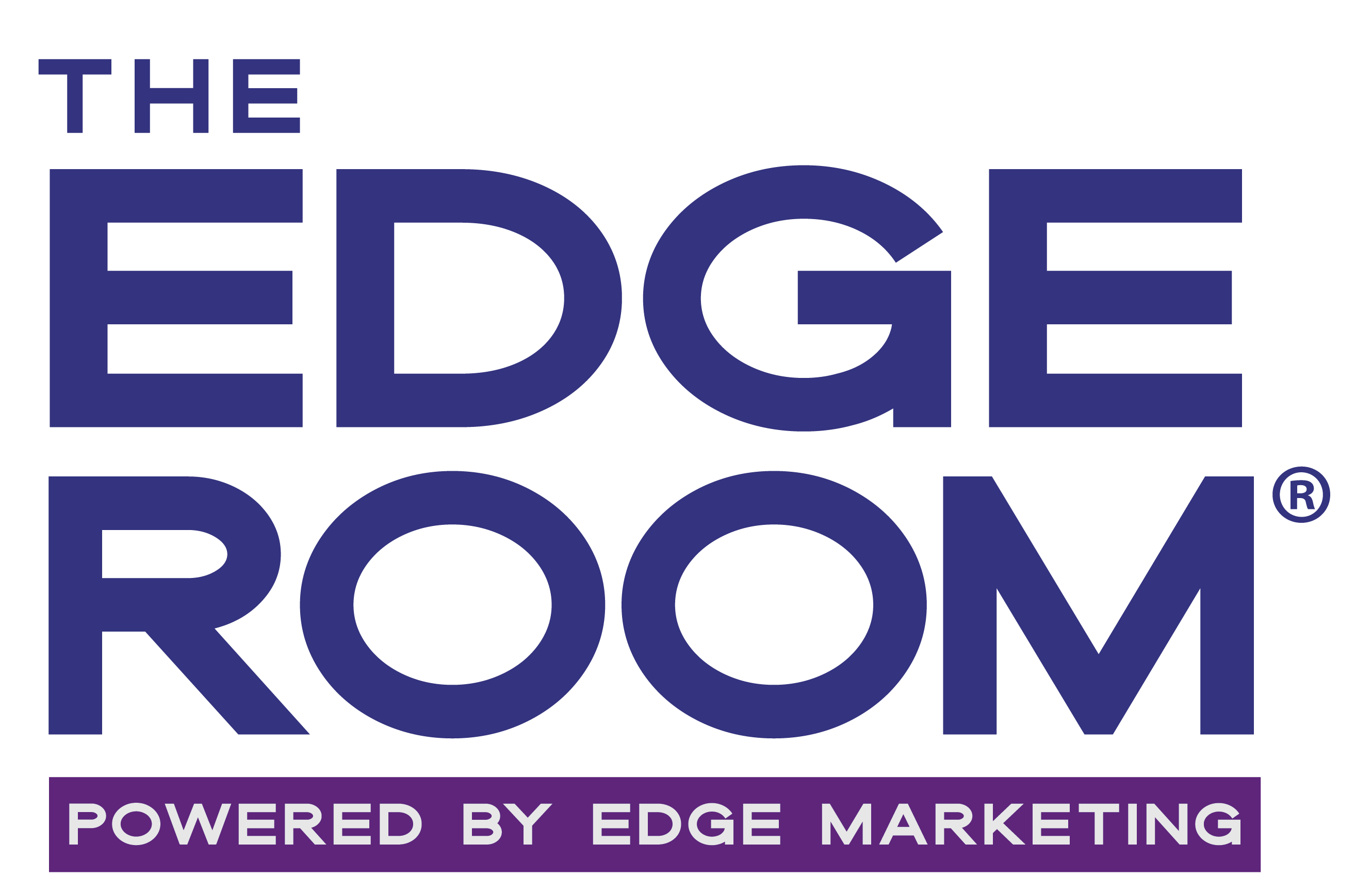MLB is in the midst of spring training, gearing up for the season of a beloved American pastime that signals the start of warm weather to be followed by lazy summer nights at the ballfield. Plenty of sunshine, baseball hats, less outerwear . . . to this native Minnesotan that sounds dreamy. And while I dream, bats are swinging, mitts are catching and an abundance of pitches are being thrown. You’ll get arguments on what is the most of important part of the game. It’s a team sport – I get it. You can’t be making errors in the field. You need to hit the ball and score runs, etc. But really it’s all about the pitch. Pitchers need to put the time and effort into their craft to get the results they’re looking to achieve.
As a marketer and public relations professional, how I approach and deliver a media pitch to a reporter is not that different than pitching a baseball. Follow these tips and you’ll be throwing strikes like Clayton Kershaw.
Size up your batter.
Just like a baseball pitcher who has studied each batter and has a strategy before releasing the ball, you should be doing your homework with media outlets and reporters before hitting the send button.
Whenever I identify a new journalist I’d like to pitch, I write them a short email to introduce myself and ask if it’s okay to send over a brief overview of what our clients are working on that may fit their beat. This short but warm intro is a great way to gauge their interest before I make the pitch and has resulted in some great relationships with the media.
Think beyond just what you or your client wants to say, and consider how it fits into a larger trend. Telling a reporter about your client’s new product/service will be a much harder sell than talking to them about how your client and/or their product fits into a new trend. And be sure it’s a trend that falls within an area the journalist covers; otherwise your pitch will most likely be ignored by the reporter or considered spam.
If you build it, they will come.
I’m talking about building relationships. Yes, the pitcher is responsible for getting the ball over home plate, but he also depends on the catcher, coaches and what is going on over the rest of the field before deciding on what kind of pitch to throw. He relies on and trusts the expertise of these other players because he has taken the time to build a rapport with his teammates.
Media relations is about relationships. Don’t always ask, request and expect things from your friends in the media. Show interest in the stories they tell, get to know them, engage with them, then pitch stories when they are relevant and newsworthy. Members of the media are much more likely to listen to you or read your pitch when you have taken the time to get to know them and where their interests lie.
And, always say thank you. Whether they accept the pitch or not, show them that you appreciate their time. You may have not thrown a strike this inning, but there may be another opportunity to do so in the future. Gratitude matters.
Don’t take too much time on the mound.
Pick your pitch, wind up and let it fly. In terms of media pitching, that means get to the point. Don’t send these superlong emails about the company. Tell the story of why it’s important to the writer’s readership within the first sentence. Be straight – have a good angle that shows you understand what makes news. Once you have them, leave them alone to do their job and only help where you can or when asked. Stop checking in every few hours. Choose to be persistent, not a pest.
Remember there’s a whole season.
Think big picture. Media relations is about more than just one pitch, inning or game. Journalists and marketers are in positions to help each other succeed. Marketers strive to build brand awareness by telling compelling stories. Journalists look to educate and entertain audiences about trending topics. The challenge, however, is that the media landscape is flooded and these connections can sometimes slip through the cracks.
PR is about much more than an initial placement in the media. It is about building and maintaining relationships with key media when you have a story to pitch as well as when you don’t.

